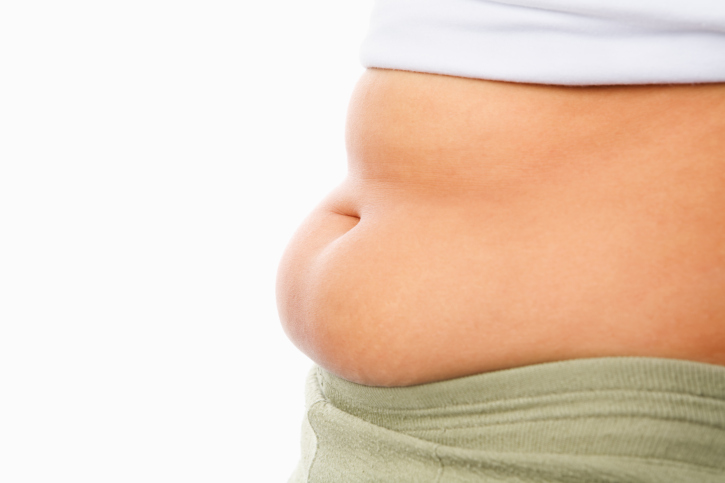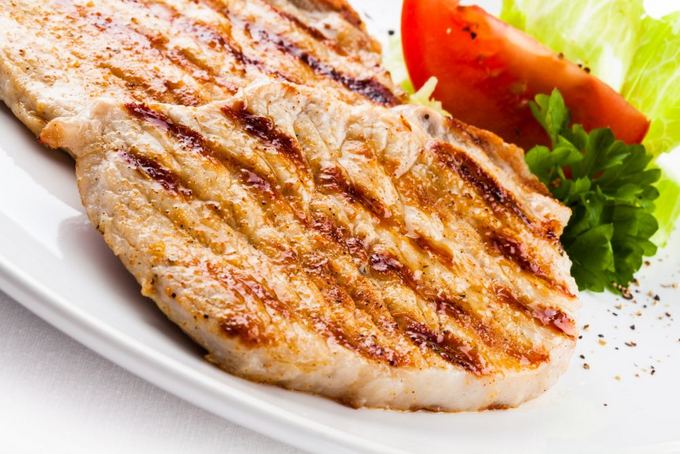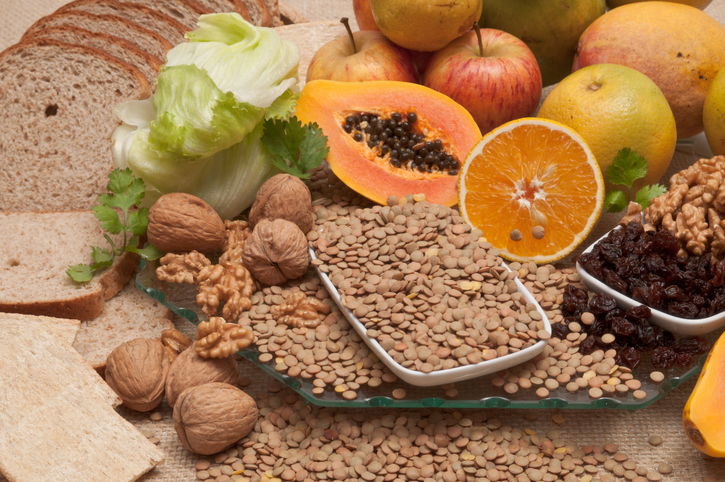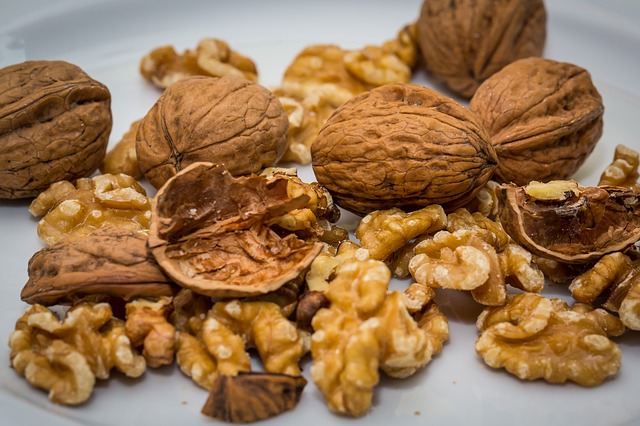How To Lose That Stubborn Belly Fat
February 2 2018And one really good reason why ignoring it is no longer an option.

Belly fat is maligned for its way of tampering with any outfit that doesn’t involve a muumuu, but really there’s something way worse about the stuff: When white fat expands in your abdomen, nestling deep among your organs, it sets you up for some serious health trouble.
We now know that this type of fat, called visceral fat, churns out stress hormones like cortisol and inflammatory substances called cytokines that affect the body’s production of insulin. The result: It’s worse than just being generally overweight; you’re looking at increased risks of type 2 diabetes and heart disease.
Read on for the newest information on how to lose belly fat for good.

Never stop moving.
There’s one thing to like about visceral fat: It yields fairly easily to aerobic exercise. Vaporising kilojoules via running, biking, swimming—anything that gets your heart rate up—wins over resistance training when it comes to getting rid of the stuff. A 2011 study from Duke found the sweet spot: Jogging the equivalent of 20kms a week will help you lose belly fat.

This time, eat protein like you mean it.
Of course you know that protein’s essential for a slimmer you and essential for losing belly fat—you couldn’t have made it through the Paleo and South Beach crazes without hearing all about it. But here’s why protein really needs to play a prime roll on your plate: “Your body starts to produce more insulin as you age, since your muscle and fat cells aren’t responding to it properly,” explains Dr Louis Aronne. And insulin promotes fat storage, especially around your belly (yippee!).
A diet high in protein may protect you against insulin resistance, Aronne says. One easy way to up your intake is to add Whey Protein to your smoothies, meals, or snacks.
In one study, obese women who followed a diet for eight weeks that was roughly 30% protein, 40% carbs and 30% fat lost significantly more fat—including visceral pudge—than women who stuck to a plan that was 16% protein, 55% carbs, and 26% fat.
Pound the polyunsaturates.
This just in: Saturated fat packs on more visceral fat than polyunsaturated ones, according to a 2014 Swedish study. When subjects ate 3000 more kilojoules daily for seven weeks, either in the form of palm oil (saturated) or sunflower oil (polyunsaturated), the former gained more visceral fat while the latter gained more muscle mass and less body fat. You know the deal: Polyunsaturated fats are the ones in nuts, seeds, and fish and can help you lose belly fat.
Pucker up.
Obese people who consumed a tablespoon or two of vinegar daily for eight weeks showed significant decreases in body fat, particularly visceral fat, according to a 2009 Japanese study. “One theory is that the acetic acid in the vinegar produces proteins that burn up fat,” explains Pamela Peeke, professor of medicine.

Try yoga.
Postmenopausal women who tried yoga for 16 weeks reported significant reductions in visceral fat in one 2012 study. Or, if you’re just not that into downward dog, any sort of relaxation exercise, even simple deep breathing, can help—the key is to lower levels of the stress hormone cortisol, which is linked to belly fat.

Go to sleep.
Routinely squeaking by on five hours or less per night increases visceral fat levels, according to a 2010 Wake Forest University study. As you likely already know, 8 hours is the number to aim for and is ideal for losing belly fat.

…but don’t sleep late on weekends.
Women who wake up and go to bed at the same time each evening have lower levels of body fat, according to a recent Brigham Young University study. Chaotic sleep habits cause your internal clock to go haywire, which in turn causes your body to secrete fat-storing hormones like cortisol.

Become the queen of this tea.
Moderate exercisers who stocked up on the antioxidants found in green tea, called catechins, were more likely to lose belly fat while exercising than those who didn’t take them. One study put the daily dose at 625 mg, the equivalent of two or three eight-ounce cups of green tea.

Get fussy about fibre.
As in, make sure you’re eating a lot of it. In a 2011 trial, subjects who increased their soluble fibre intake by 10 grams a day (the equivalent of two small apples, one cup of green peas, and one half cup of pinto beans) reduced visceral fat by 3.7% after five years.
—
Sourced from Prevention Australia.


